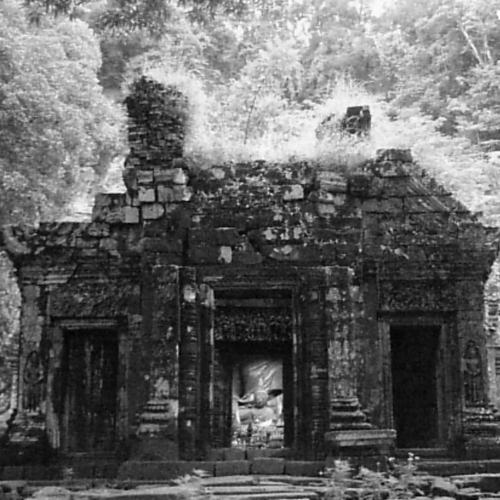Research & Article

Wat Pu: The World Heritage Cultural Landscape of Champasak
By Kreangkrai Kirdsiri
Published on 22 May 2024
World Heritage
Location of original sources
NAJUA: Architecture, Design and Built Environment, VOL. 21 (2005)
“Wat pu" is a religious monument that reflects the prosperity of a civilization in the Mekong basin area of Champasak district. It is considered to be an important root of sociocultural development, from a simple ancient community to a complex civilization in the 5" - 18" century Buddhist era. It also boasts its own art style unique to the Southeast Asian region.
Town planners in ancient times adapted the physical characteristics of the site to serve religious beliefs, especially Hinduism. Traces of archeological ruins dating back thousands of years ago have been discovered scattered around the area revealing evidence of lifestyle, social, cultural, economics, political and religious structure, as well as the roots of Southeast Asian culture. Therefore, the World Heritage Center of UNESCO has declared this cultural landscape heritage of Champasak as the World Heritage Cultural Landscape in year 2001.
Such significance has led to the interest in managing and conserving this cultural landscape heritage which takes into consideration the sustainability of the landscape and the continued freedom in land use for the local community. Development should be undertaken to better the quality and security in the way of life, whereby the community can exist in harmony with their own natural and cultural environment. Management and development without the community involvement does not lead to sustainable development, and tourism without proper management will affect the cultural landscape, the cultural heritage, and eventually lead to a weak community in the long run.